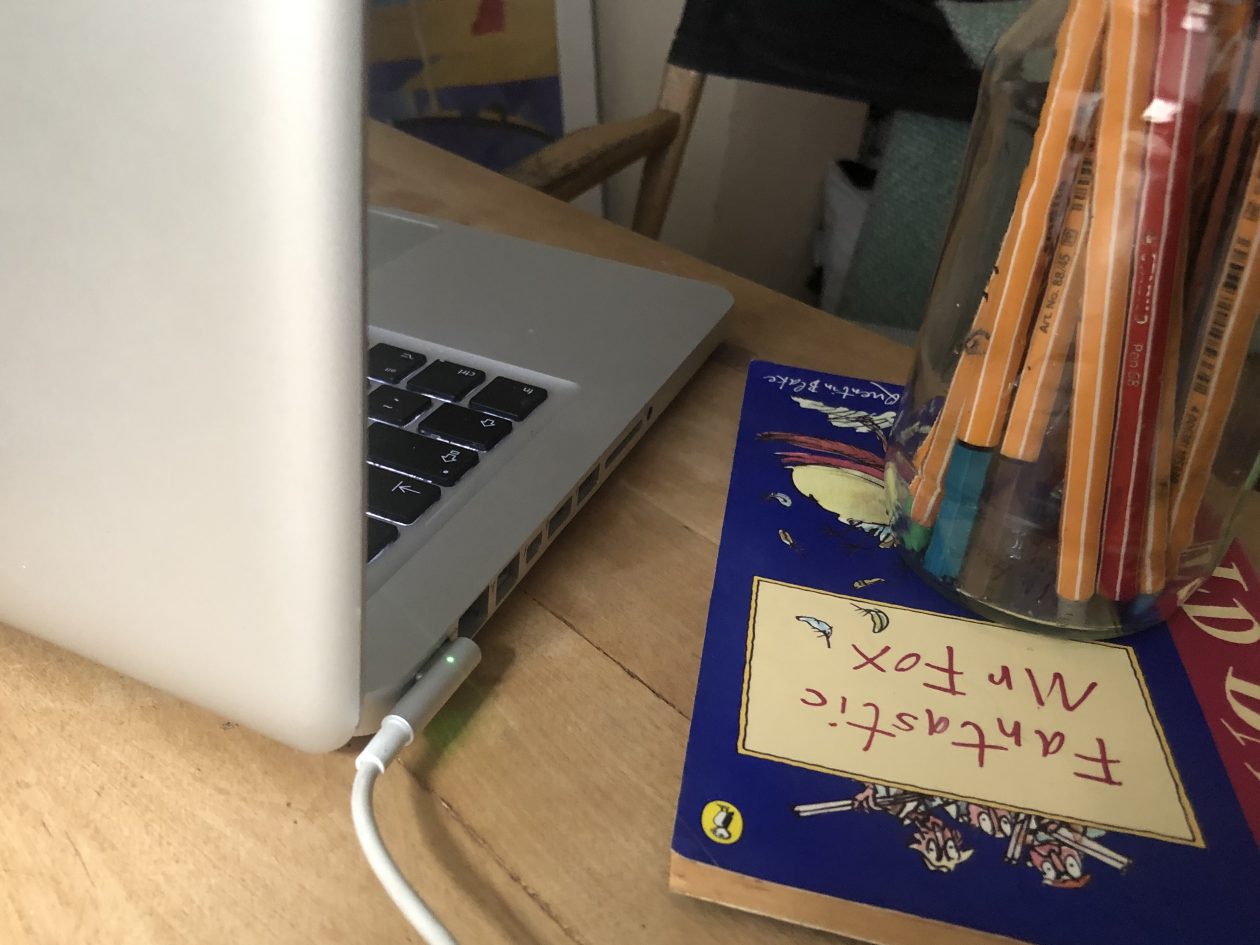51% of students need to share their devices with others, according to a new study of data collected during the lockdown for Understanding Society, the UK Household Longitudinal Study
The analysis of the data, led by Dr Birgitta Rabe at the Institute for Social and Economic Research at the University of Essex, found that the nation’s home schooling students have varying levels of support at home in terms of parent support and access to resources, and different levels of input from schools, as concerns grow over increasing levels of inequality for a generation.
- Only 4% of students have no access to a computer, laptop or tablet. However, 51% of students need to share their devices with others.
- Almost 72% of post-16 students have their own computer, while this is less common among secondary (54%) and primary school students (33%).
- A higher proportion of students (59%) living in single parent households have their own computer compared to students living with more than one adult in a household (44%)
- More than half of students (54%) use additional, freely available, learning resources, while only 9% of students use paid-for resources, such as apps, website subscriptions, tutors and exercise books.
- Students whose parents are not in employment are least likely to have access to any additional resources (51% compared to 63% on average).
- Students whose parents are currently on furlough are least likely to have access to paid-for resources (4% compared to 9% on average).
- 79% of students require a computer (or tablet or laptop) for at least half of the work provided by schools, while only 6% do not need a computer for any schoolwork.
- 63% of primary school students need a computer for at least half of their school work, compared to 94% of secondary and 95% of post-16 students.
- Of those students receiving homework and submitting it back to school, 65% report that at least half of the homework was checked by teachers. This proportion is higher among post-16 students (82%).
- Most students receive offline work from their school that does not involve real- time interactions with teachers, such as worksheets, assignments or video clips to watch. The number of such offline work pieces is highest in secondary school and lowest in post-16 education.
- A considerably lower proportion of children are offered online live lessons provided by teachers. 32% of students have one or more of these online live lessons a day.
- Students whose parents have a degree are more likely to have a long daily study time
of 4 hours and more (23% compared to 18% among students whose parents have
a GCSE level qualification or lower and 13% among students whose parents have A-levels).
Read the full briefing note here
